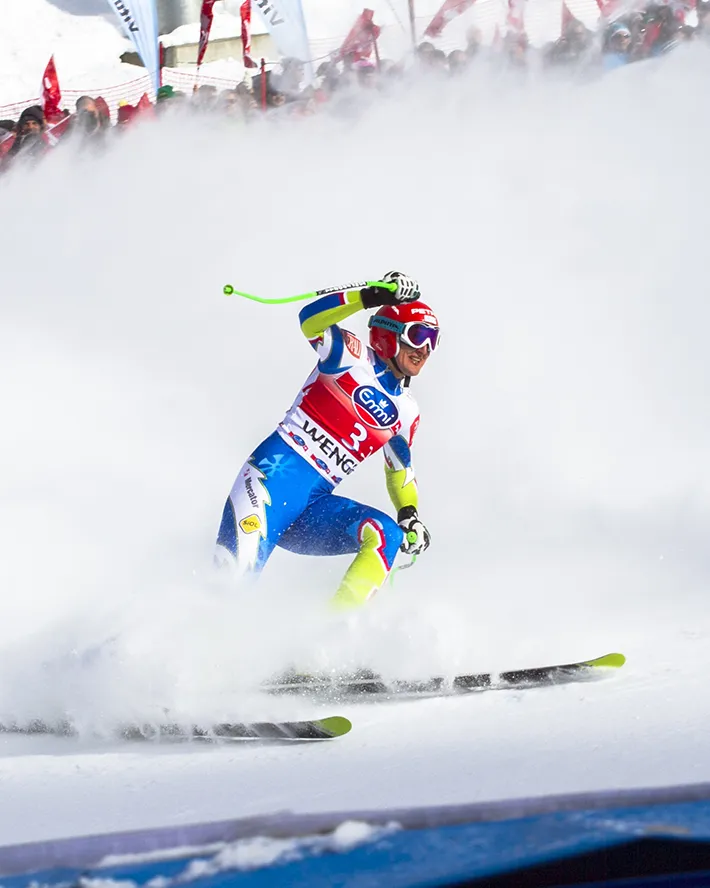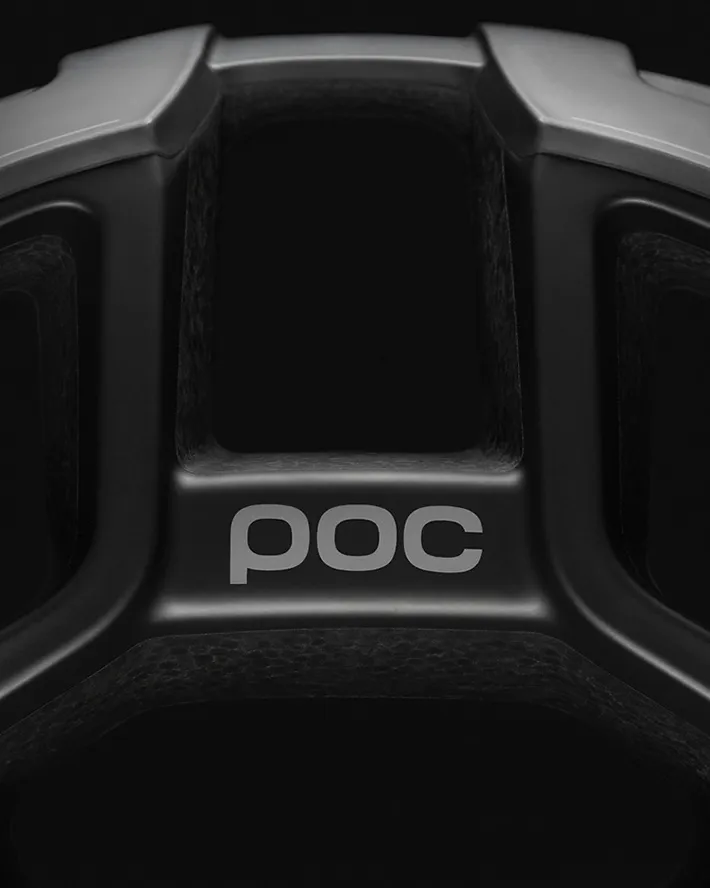Ski racing has a rich history dating back to the early 20th century, when the sport first began to gain popularity in Europe and North America. Over the years, many legendary ski racers have emerged, pushing the boundaries of what was thought to be possible and leaving a lasting impact on the sport. In this blog post, we will take a look at some of the pioneers who changed the game and helped shape the sport of ski racing into what it is today.
Weak snow layers- an overview
I've written in another blog about the factors that are required for a slab avalanche to occur. It's important to understand these, as they occur for a large majority of avalanches involving people. To summarise, for a slab avalanche to run we need a cohesive slab of snow on top of a weak layer, sitting on a slope of sufficient steepness (the trap), and we need a trigger to set the trap off- which is often, dear skier or boarder, us.
This blog focuses on the weak layer part of the equation and I'll give an overview of the main types of weak layer that we have to worry about. First of all though, what is the role of the weak layer in causing an avalanche? Probably the best way to answer this is to think of the analogy of a packing box sitting on a table. Imagine tilting the table until the box slips off. Now think about doing the same thing with a layer of marbles under the box- it'll slide off much more easily right? In this analogy the box is the slab and the marbles are the weak layer, acting to reduce the the frictional force stopping the box from sliding.
According to data from north America and Switzerland, the vast majority of weak layers causing accidents involving humans are of 3 main types i) depth hoar (deep facets), ii) near surface facets, iii) surface hoar.
Facets are caused by large temperature gradients in the snow, which cause cohesive, rounded snow grains to become much more angular and non-cohesive. In depth hoar, the high temperature gradient is caused by cold snow being close to the relatively warmer ground. It tends to occur in thinner snow packs (as they have larger temperature gradients) when the weather is very cold, and it can be very persistant once formed and also quite patchy- a trap ready to spring on the unwary. Because it is found in thinner snowpacks, it is often associated with early season, although depending on climate and aspect it can form throughout the season.
Near surface facets are also formed by large temperature gradients, but in this case the gradient is caused by heating effects near the surface of the snow. As most of the action here occurs at the surface, snowpack depth is less important in determining where it forms, but like depth hoar it can persist months after formation. Once covered by fresh layers, the trap is ready.
Surface hoar is formed by a different mechanism- essentially it's frost, feathery crystals that form on the snow when humid air meets the very cold snowpack surface. It often forms at lower altitudes, during temperature inversions, when cold humid air pools in the valley. It can be patchy and form a very thin, persistant weak layer. Again, as new layers form on the surface, the trap is set.
So to summarise, the three main types of weak layer can very persistent and due to their patchy nature difficult to detect. This highlights the usefulness of knowledge of the evolution of the snowpack over the season, an advantage of hiring a guide for the recreational off-piste skier who might be in the mountains for only a week or two per season. When you hire a mountain guide you're buying not only general mountain knowledge, but also specific knowledge of the evolution of the snowpack over the season, as "last month's surface is today's buried layer".
I hope you find this blog useful. The usual caveats and disclaimers apply- basically you need to take responsibility for yourself in the mountains and reading a blog is no substitute for attending a good quality avalanche education course. But you know that, right?


